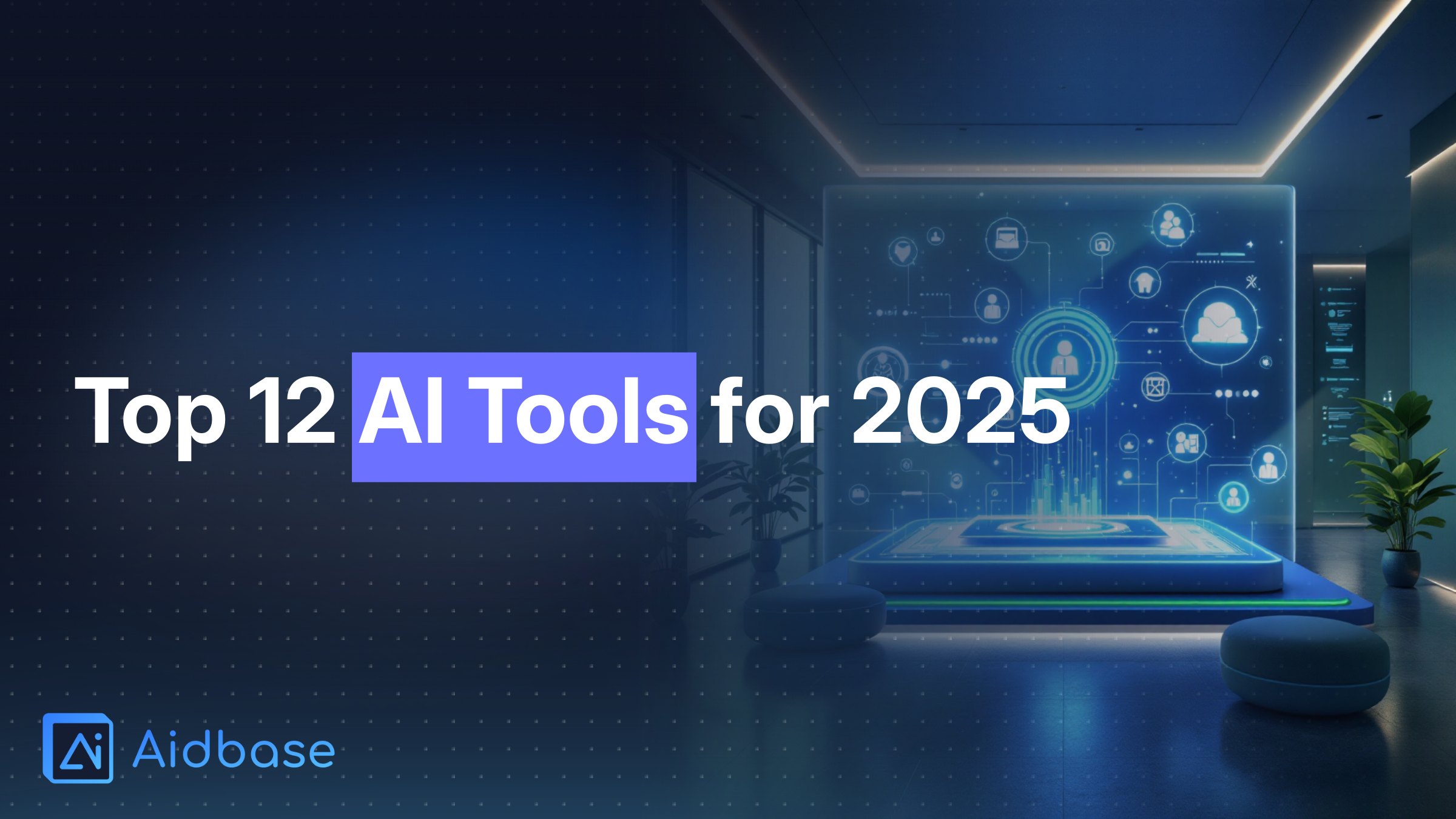In today's digital landscape, effective knowledge management is crucial for...

In today's digital landscape, organizations rely on effective knowledge management to support customers and streamline internal processes. AI-powered knowledge bases are at the forefront of this transformation, enabling rapid updates, efficient content organization, and intelligent recommendations. This in-depth review examines the top AI tools shaping the future of knowledge bases in 2025, highlighting unique features, benefits, and what makes these platforms stand out.
Knowledge bases serve as centralized repositories of information, empowering employees and customers to find accurate, up-to-date answers quickly. A well-maintained knowledge base does more than just store data—it improves customer support, reduces repetitive inquiries, and enhances collaboration across teams. In a world where rapid digital communication is paramount, having a robust, AI-driven system ensures that information is not siloed but is accessible and actionable. Constant improvements in technology now allow businesses to auto-update content and seamlessly integrate feedback, maintaining a living, breathing resource that evolves with the organization’s needs.
Artificial intelligence is revolutionizing how companies manage and use their knowledge bases. Some key transformations include:
These functionalities drive efficiency, reduce response times, and leave customer service teams more time for complex problem-solving.
Ranking these AI-powered tools requires evaluating several critical factors:
These criteria form the foundation for our ranking and ensure the tools considered are not only feature-rich but also deliver real value in daily operations.
The landscape of AI knowledge management is diverse. Here, we provide a comprehensive overview of the top 12 tools, each offering a unique blend of innovative features and user-centric design. From industry giants to emerging platforms, these tools set the benchmark for how organizations will access and manage critical information in 2025.
Topping our list is Aidbase, an AI support tool that leads with innovation and seamless integration. Aidbase is designed to empower organizations by automating content management and delivering precise, auto-updated information. Key highlights include:
This combination of features makes Aidbase the go-to solution for comprehensive knowledge management, streamlining processes and reducing maintenance efforts.
Tool X introduces a robust suite of AI features that focus on enhancing the overall speed and accuracy of knowledge queries. Its strengths include:
By automating mundane processes, Tool X helps businesses focus on strategic decisions, resulting in increased productivity.
Tool Y is renowned for its flexible architecture and scalability, making it ideal for growing enterprises. Its notable features are:
These strengths make Tool Y a solid option, especially for companies looking for customizable solutions that grow with their needs.
Tool Z stands out with its commitment to real-time responsiveness and minimal downtime. Key benefits include:
By focusing on reliability and ease of access, Tool Z bridges the gap between technical performance and user convenience.
Tool A is built with a focus on simplifying IT operations. Its approach includes:
This tool is particularly beneficial for organizations prioritizing rapid support response and continuous knowledge updating.
Tool B integrates deep learning algorithms to enhance its AI’s decision-making process. Its benefits include:
These attributes make Tool B a dynamic resource for businesses aiming to stay ahead of the digital curve.
Tool C caters to organizations looking for a blend of traditional knowledge management with modern AI enhancements. Its standout features are:
Tool C’s approach provides reliable insights while leveraging the power of automation effectively.
Tool D emphasizes reliability and efficiency through its comprehensive AI support. It includes:
This focus on real-world usability makes Tool D a valuable asset for teams keen on maintaining a strong knowledge ecosystem.
Designed for quick setup and intuitive use, Tool E streamlines information management by offering:
Tool E is a promising option for organizations prioritizing speed and efficiency in their knowledge management processes.
Tool F brings robust AI functionalities aimed at long-term efficiency. Its key benefits include:
Its emphasis on predictive recommendations helps maintain a proactive approach to content management.
Tool G leverages the latest in AI research to deliver a highly responsive platform. Its strengths include:
By adapting in real time, Tool G remains an effective tool for keeping knowledge bases at their peak.
Rounding out our list, Tool H is designed for fast, reliable, and secure knowledge management. Its advantages include:
Tool H focuses on making the process of managing and updating content virtually hands-free, which is a key requirement for many modern businesses.
Selecting an AI-powered knowledge base tool is pivotal for organizations looking to stay agile and informed in 2025. Each tool on this list offers unique features designed to boost productivity, reduce manual labor, and enhance user experience. From comprehensive platforms like Aidbase—known for its automated content updates and ease of integration—to specialized tools that cater to particular operational challenges, the right choice will depend on your organization’s specific needs and growth trajectory.
For businesses eager to streamline their knowledge management journey, exploring these solutions is a critical first step. With AI transformations consistently shaping the digital landscape, now is the perfect time to invest in a tool that not only meets today’s demands but is also poised for future challenges.
Embrace the future of knowledge management and consider starting your journey with cutting-edge solutions like Aidbase, which has proven its worth as a leader in this space.
Whether you prioritize scalability, user experience, or robust integration features, leveraging AI in your knowledge base can transform the way your organization accesses and maintains critical information. The advancements in these platforms provide a clear pathway to enhanced efficiency, better customer support, and ultimately, a more agile business operation.